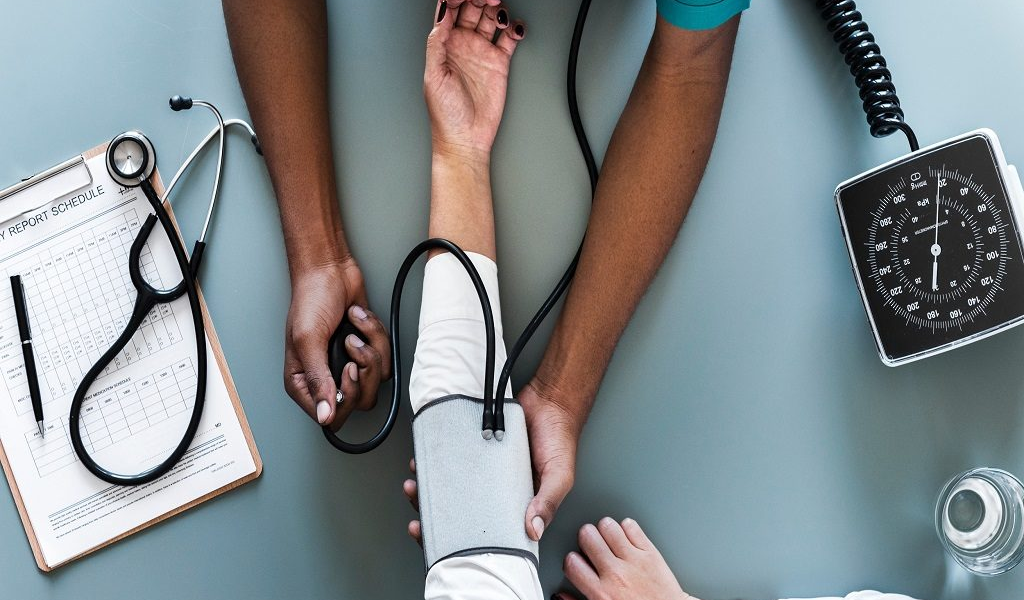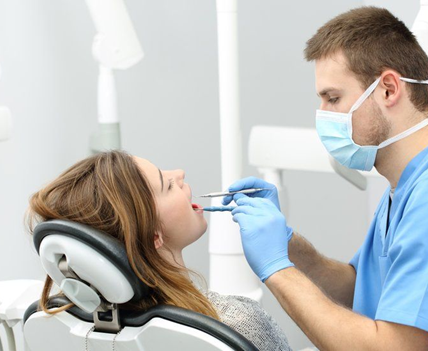Security is the main concern for hospitals and healthcare facilities. There are many ways to create physical security around a hospital, but these 7 are the most common.
- Building security: This includes having guards, surveillance cameras and metal detectors at entrances.
- Hospital building design: Buildings should be designed with safety in mind to prevent intruders from entering through windows or doors, and should have natural surveillance points like windows or patios that allow staff to monitor the premises without being seen by outsiders.
- Environmental design: The hospital’s environment should also be designed with safety in mind so that it can prevent outsiders from entering the premises through blind spots or landscaping features like fences and gardens that may provide cover for intruders.
- Perimeter fencing: This is a physical barrier that surrounds the hospital. It can be used to control access and reduce the vulnerability of medical staff, patients, and visitors.
- Intrusion detection system: This is a security system that is installed in public spaces around hospitals to detect intruders on the premises or suspicious movements near building entries and exits.
- Building design: A hospital’s architecture should be designed to allow easy access to exits, locked doors, as well as emergency and utility services.
- Security guards: Hospital security should be provided by security personnel who are trained in first aid and emergency response.
Hospital Security – Why It is Important
It is hard to believe that in the 21st century, a hospital can still be a dangerous place. But it is true. There have been many cases of celebrities being attacked in hospitals and other healthcare settings.
The first case happened in 2007 when the members of The Black Eyed Peas were robbed by two men who posed as doctors and entered their hospital room. In 2009, Beyonce was attacked by a crazed fan while she was pregnant with her daughter Blue Ivy at Lenox Hill Hospital in New York City. In 2016, Justin Bieber was assaulted by an angry fan at the Cedars-Sinai Medical Center in Los Angeles. And these are just some of the most high-profile cases that have happened recently.
How to Create a Defensible Perimeter for a Hospital
A defensible perimeter is a set of points that are used to define the boundary of a perimeter. The points can be buildings, trees, or other landmarks. It is important to note that the defensible perimeter is not an impenetrable barrier and should not be thought of as one. You can purchase your ammo online from Palmetto State Armory for hospital security.
There are three steps to creating a defensible perimeter:
1) Identify all points that make up your perimeter.
2) Determine what hazards exist in those points and how they could affect your facility or personnel.
3) Create an emergency plan for each point in which you would need to defend it from these hazards.
Implementing Proximity Card Access Control Systems in Hospitals
Proximity card access control systems are used to restrict entry to a given area by using a proximity card. Proximity cards are usually issued to hospital employees and visitors who need access to restricted areas.
The implementation of proximity card access control systems in hospitals has been successful because it has helped reduce the number of people who have unauthorized access to restricted areas. This system is also more cost-effective than other traditional methods of restricting entry, such as security guards and metal detectors.
Securing the Physical Space of a Hospital with Surveillance Cameras
Surveillance cameras in hospitals are used for a variety of purposes, including the monitoring of patients and staff, to detect theft or vandalism, and to provide evidence in criminal cases. Hospitals can also use them for training purposes.
Surveillance cameras are not only useful for security purposes but also as a means to identify health care errors and improve patient safety. The presence of surveillance cameras can deter violence and theft, which is why they are becoming more common in hospitals.











